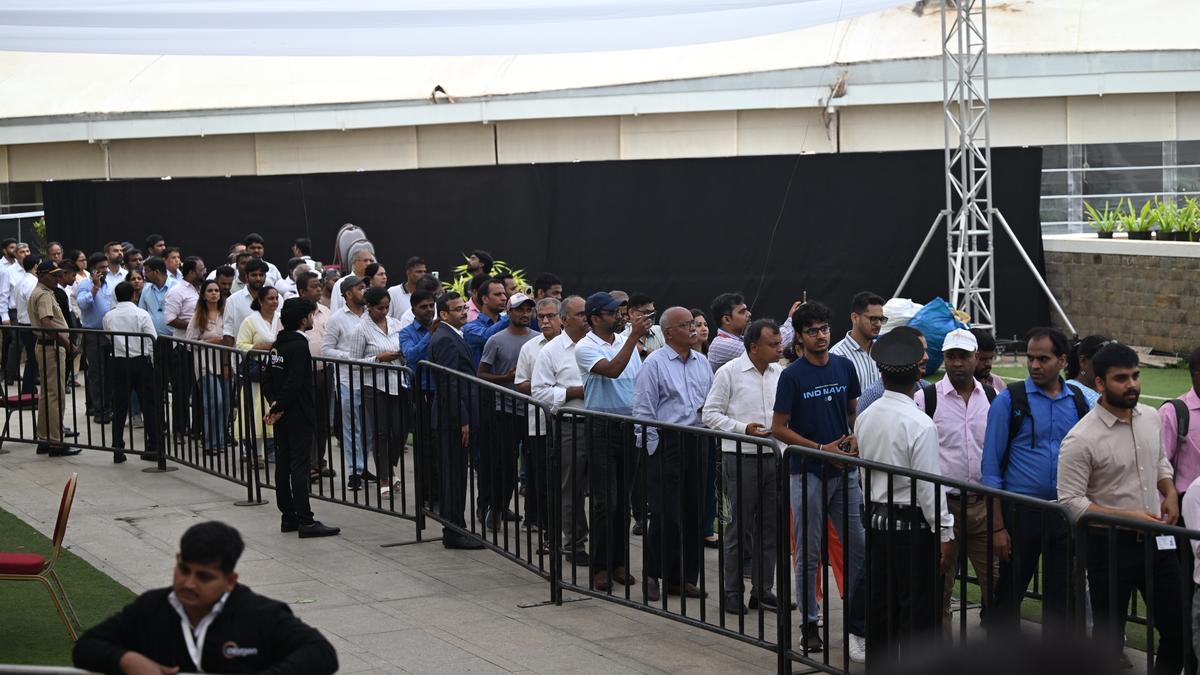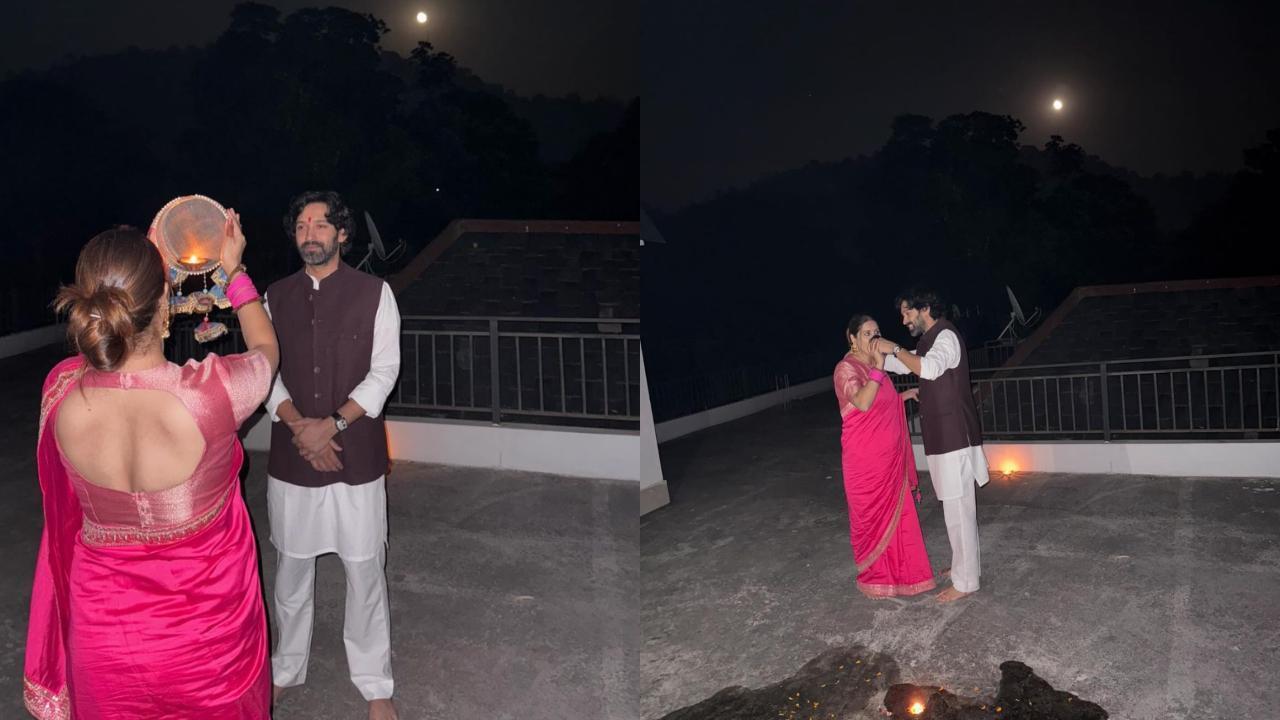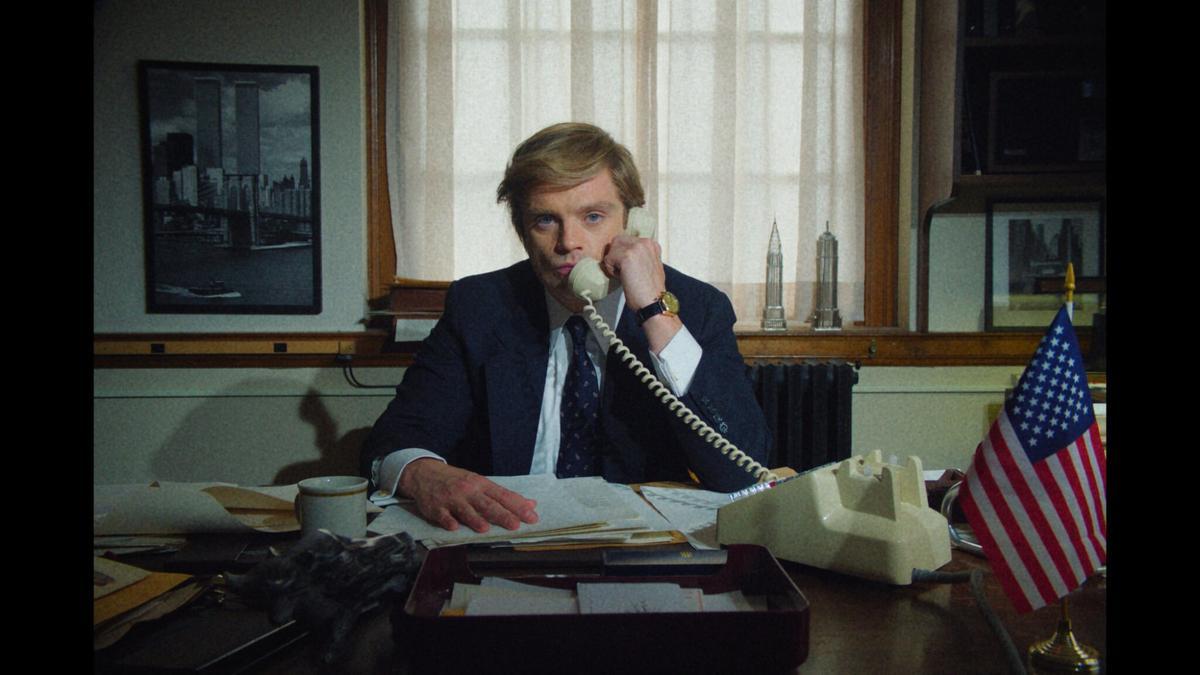
On the poignant day of October 10, the hearse carrying the mortal remains of Ratan Tata, an industrialist of iconic stature, made its way through Mumbai, arriving at the gates of the National Centre for the Performing Arts (NCPA). It was here that the public gathered to pay their final respects. This venue was not just a choice of convenience, but rather a profound homage to the intertwining narratives of India’s corporate nobility and its cultural patronage, exemplified by the Tata family’s historic connection to the arts and culture, especially through the NCPA.
Nestled at the terminal point of Marine Drive, with the gentle waves of the Arabian Sea as its backdrop, the NCPA stands as a symbol of artistic excellence in Mumbai. It holds court in the business district of Nariman Point, a once-bustling hub until the modern developments of Bandra Kurla Complex took precedence. Its presence and prominence are owed to two visionaries: JRD Tata and Jamshed Bhabha, the latter being the brother of noted nuclear physicist Homi Bhabha, who himself dedicated six decades to the Tata conglomerate.
A shared dream between JRD Tata and Jamshed Bhabha materialized into NCPA. Both allies in the pursuit of cultural enrichment, they envisaged a comprehensive and world-class centre for the arts in Mumbai. Their efforts bore fruit in 1969 with the establishment of NCPA, marking it as South Asia’s inaugural cultural institution offering multiple venues and genres.
A significant turning point in this journey is remembered through anecdotes shared by NCPA chairman Khushroo N Suntook. “Bhabha took the initiative to request Prime Minister Indira Gandhi for land to build the Centre. With her support, Maharashtra’s then-Chief Minister, Vasantrao Naik, indicated the sea-adjacent plot for this purpose,” recounts Suntook, highlighting the tenacity and vision exhibited by JRD and Bhabha as they filled the reclaimed land. Prior to this adventurous venture, temporary accommodations were made in barrister Bhulabhai Desai’s residence, which eventually became the Bhulabhai Desai Institute.
Ratan Tata, a personal friend to Suntook and a stalwart supporter of NCPA, has his legacy etched into the centre’s architecture and progress. It was under his auspices that the first theatre at NCPA was christened the Tata Theatre. Engaging the technical prowess of Tata Consulting Engineers, the theatre was designed with a revolving stage and pristine acoustics.
. Global experts like architect Phillip Johnson and acoustic consultant Cyril Harris ensured that cutting-edge standards were met. Bhabha’s exploratory visits to various Western concert halls prior to construction paid dividends as the NCPA hosted maestros like Yehudi Menuhin and Pandit Ravi Shankar.
Over the years, the NCPA expanded its repertoire and facilities. In celebration of the Tata Iron and Steel Company’s platinum jubilee, the Tata Experimental Theatre was introduced as a Black Box Theatre, emphasizing simplicity and intimacy. The Jamshed Bhabha Theatre, inaugurated on a significant date, November 24, 1999, overcame tremendous challenges including a destructive fire shortly before completion. Suntook recalls Bhabha’s resilience during this adversity and convinces him to name the theatre in Bhabha’s honor rather than simply ‘The National Theatre’.
The Tata legacy within NCPA is deeply rooted in the broader vision articulated by Jamshed Bhabha in his 1965 letter to the Dorabji Tata Trust. His plea highlighted the eternal presence of music in Indian culture and the critical need to preserve and promote it. The Trust’s consequential endowment paved the way for NCPA’s birth, becoming a beacon for the subcontinent’s cultural footprint.
Ratan Tata’s influence and dedication ensured that this legacy flourished. Known for his affinity for Western classical music, Tata attended numerous concerts featuring the compositions of Beethoven, Mozart, and Brahms. His close ties with the likes of Zubin Mehta and Khushroo Suntook were indicative of his passion and commitment. Despite his ailing health in recent years, Ratan Tata’s impact remained significant, orders of magnitude reflected in the vast turnout that came to bid farewell.
In his passing, Ratan Tata leaves behind not just a powerful corporate legacy but a thriving cultural institution. The amalgamation of his business acumen, artistic appreciation, and heartfelt relationships are embodied in the grandeur and ongoing vibrancy of the NCPA, a testament forever located where the land meets the sea, and where India pays tribute to one of its beloved sons.










